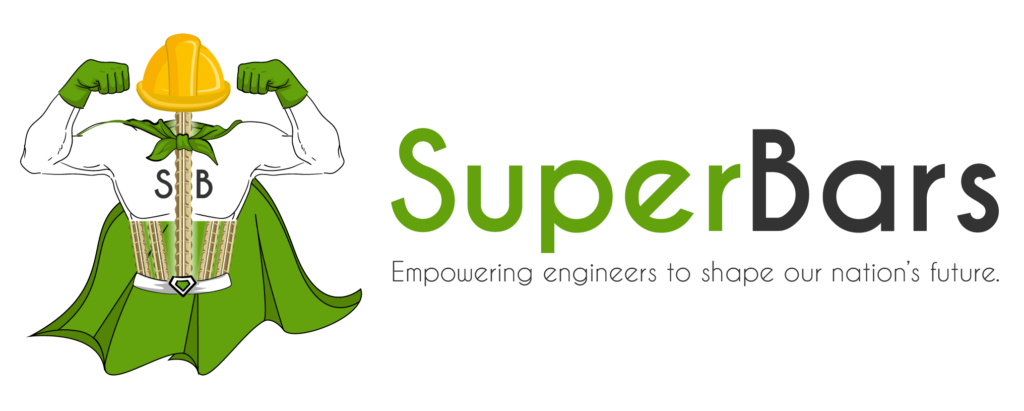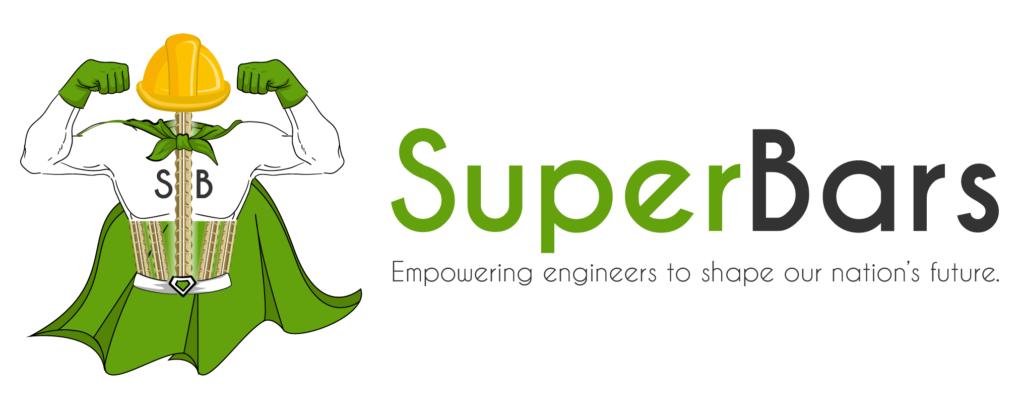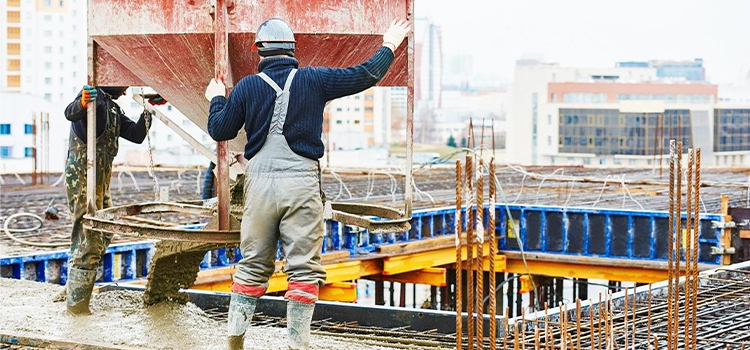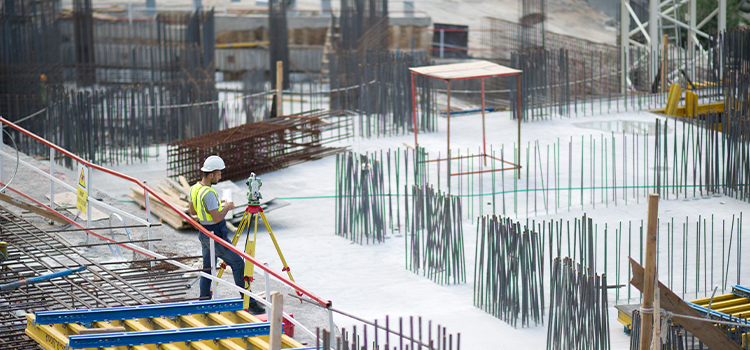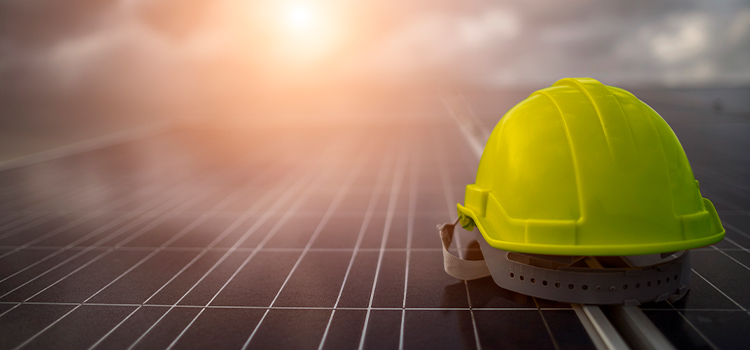GFRP (Glass Fiber Reinforced Polymer) rebars have emerged as a revolutionary solution in the construction industry, offering superior performance and durability compared to traditional steel rebars. This article delves into the science behind GFRP rebars, providing a comprehensive understanding of their composition and the intricate manufacturing process.
By exploring the key components and manufacturing techniques, we can gain insights into the unique properties that make GFRP rebars an excellent alternative for reinforcing concrete structures. Join us on this journey to unravel the science behind GFRP rebars and discover how they are shaping the future of construction.
What are GFRP Rebars?
GFRP rebars are composite materials made by combining glass fibers with a polymer matrix. Unlike traditional steel rebars, GFRP rebars do not corrode, making them ideal for various construction applications. They offer high tensile strength, excellent durability, and thermal and electrical insulation properties. These advantages have made GFRP rebars a preferred choice in modern construction projects.
Composition of GFRP Rebars
Glass Fiber: The Reinforcing Agent
Glass fibers, typically made from silica sand, are the primary reinforcing component of GFRP rebars. These fibers provide strength and stiffness to the rebars. They are available in various forms, such as rovings or mats, and are designed to resist tensile forces effectively.
Polymer Matrix: The Binding Material
The polymer matrix in GFRP rebars acts as a binder, holding the glass fibers together. Epoxy resins or vinyl ester resins are commonly used as polymer matrices in GFRP rebars. These matrices provide excellent adhesion and protect the glass fibers from environmental degradation.
Additives and Modifiers
To enhance the mechanical properties and performance of GFRP rebars, additives and modifiers are incorporated during the manufacturing process. These include UV stabilizers, flame retardants, impact modifiers, and colorants. Additives help improve resistance to weathering and provide additional protection against harsh environments.
Manufacturing Process of GFRP Rebars:
Raw Material Preparation
The production of GFRP rebars begins with the preparation of raw materials. Glass fibers are manufactured through processes like direct melt, continuous filament, or pultrusion. The fibers are treated to enhance their adhesion to the polymer matrix.
Rebar Production Techniques
Two common techniques used in the production of GFRP rebars are pultrusion and continuous winding. In the pultrusion process, glass fibers and resin are pulled through a heated die, resulting in a continuous profile of the desired shape. Continuous winding involves winding glass fibers impregnated with resin onto a rotating mandrel to form the rebar shape.
Quality Control and Testing
During the manufacturing process, strict quality control measures are implemented to ensure the rebars meet international standards and specifications. Non-destructive testing methods, such as ultrasonic testing and visual inspection, are performed to assess the quality and integrity of the rebars.
Understanding the Performance Characteristics:
High Strength and Load-Bearing Capacity
GFRP rebars exhibit high tensile strength, allowing them to withstand heavy loads and provide excellent structural support.
Corrosion Resistance: A Major Advantage
Unlike steel rebars, GFRP rebars are corrosion-resistant, making them suitable for environments with high humidity, chemical exposure, or saltwater exposure.
Lightweight and Easy to Handle
GFRP rebars are significantly lighter than steel rebars, making them easier to transport, handle, and install on construction sites.
Thermal and Electrical Insulation Properties
The polymer matrix in GFRP rebars provides excellent thermal and electrical insulation, reducing the risk of heat transfer and electrical conductivity in structures.
Design Flexibility and Compatibility with Concrete
GFRP rebars can be easily customized to meet specific design requirements, enabling architects and engineers to create innovative and complex structures. They are also compatible with concrete, ensuring proper bonding and reinforcing capabilities.
Applications of GFRP Rebars:
GFRP rebars find applications in various construction projects, including:
Building Structures: GFRP rebars are used in residential, commercial, and industrial buildings to reinforce foundations, walls, and beams.
Civil Engineering Projects: They are utilized in bridges, tunnels, and retaining walls to provide structural integrity and corrosion resistance.
Infrastructure Development: GFRP rebars are employed in the construction of roads, highways, and railways, where durability and long-term performance are crucial.
Marine and Coastal Construction: Their corrosion-resistant properties make GFRP rebars ideal for marine structures exposed to saltwater and harsh environmental conditions.
Rehabilitation and Retrofitting Projects: GFRP rebars are used to reinforce and strengthen existing structures, improving their load-bearing capacity and extending their service life.
The composition and manufacturing process of GFRP rebars reveal their unique characteristics and advantages in the construction industry. By harnessing the strength of glass fibers and the binding properties of the polymer matrix, GFRP rebars offer exceptional performance, durability, and resistance to corrosion.
As the construction industry embraces sustainable and innovative solutions, GFRP rebars are playing a pivotal role in advancing infrastructure projects worldwide. Understanding the science behind GFRP rebars empowers engineers, architects, and contractors to make informed decisions and embrace this transformative technology, ultimately contributing to the construction of stronger, more resilient, and sustainable structures for the future.
